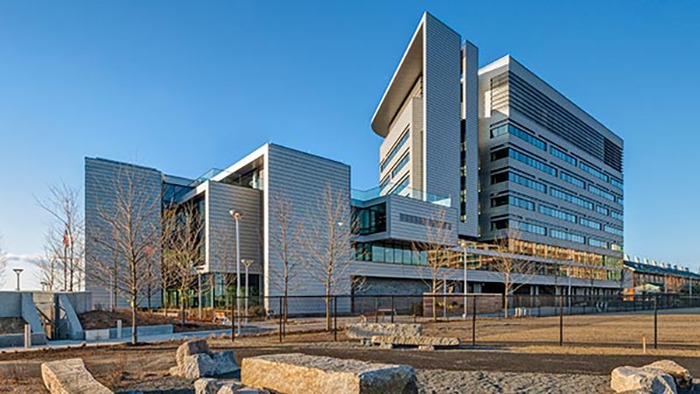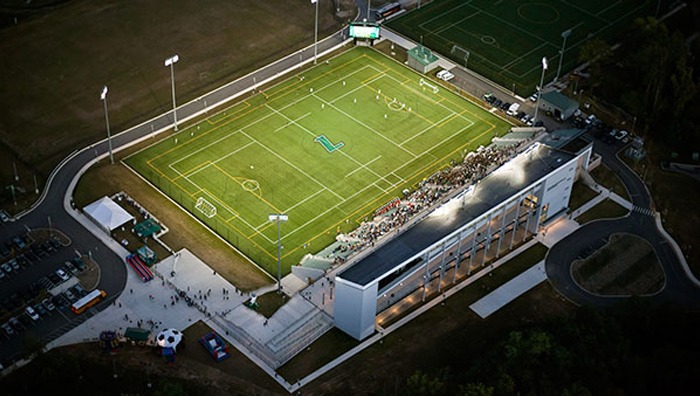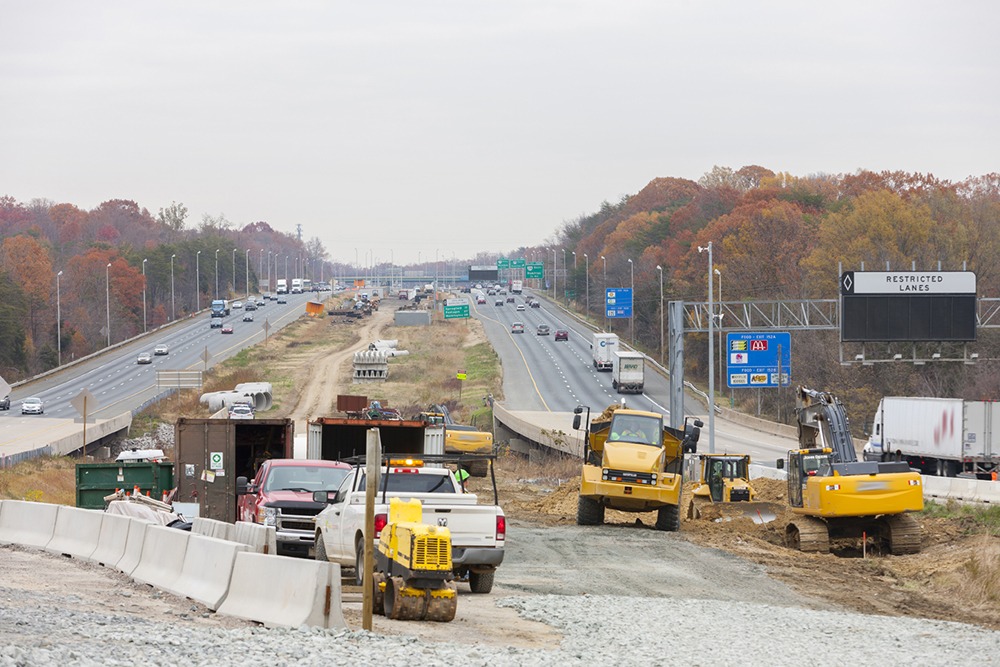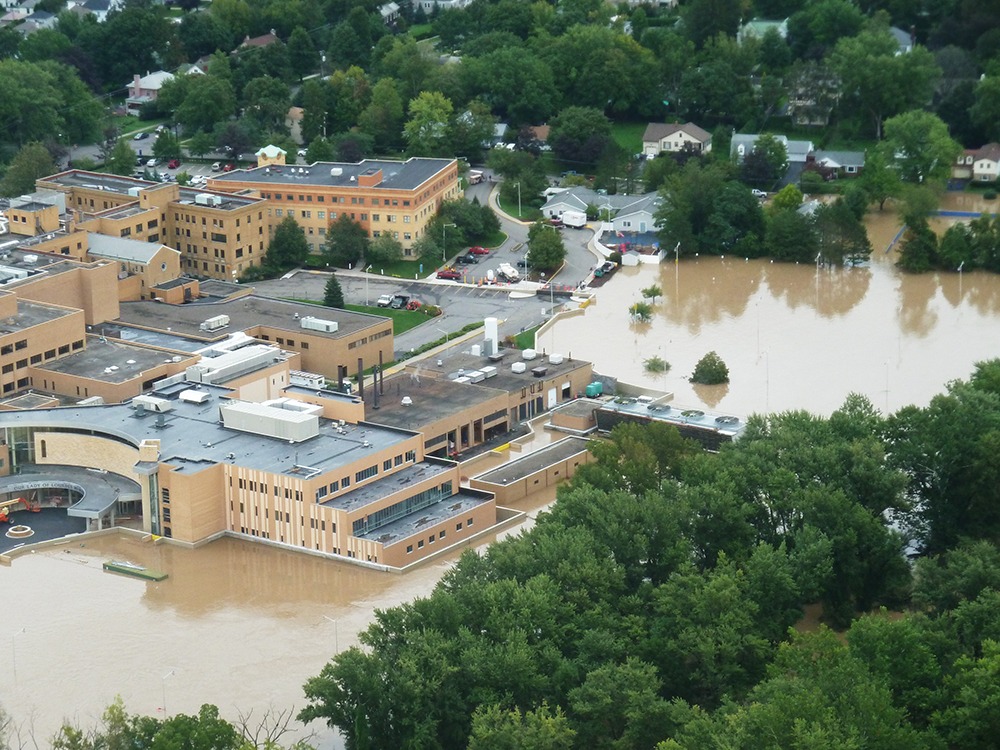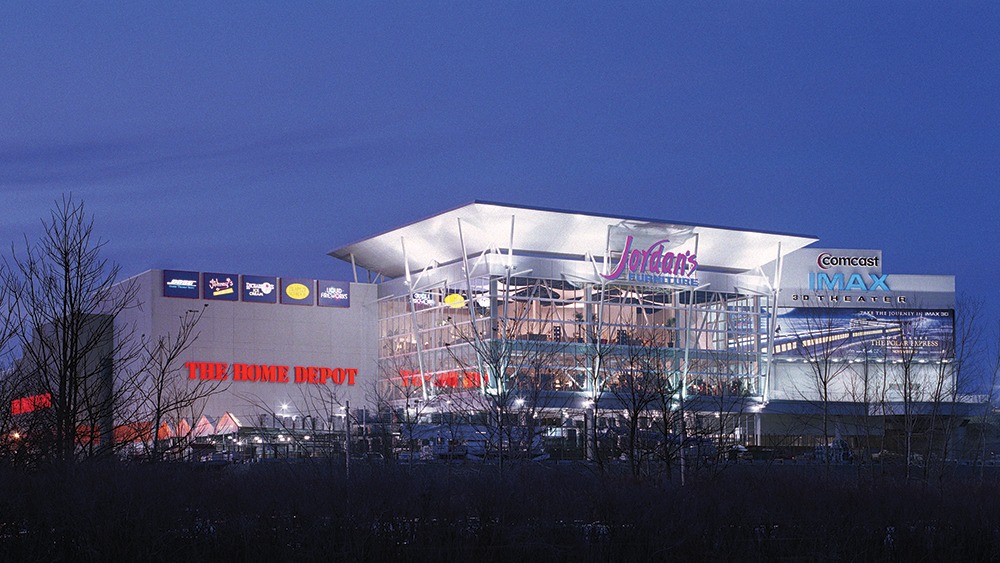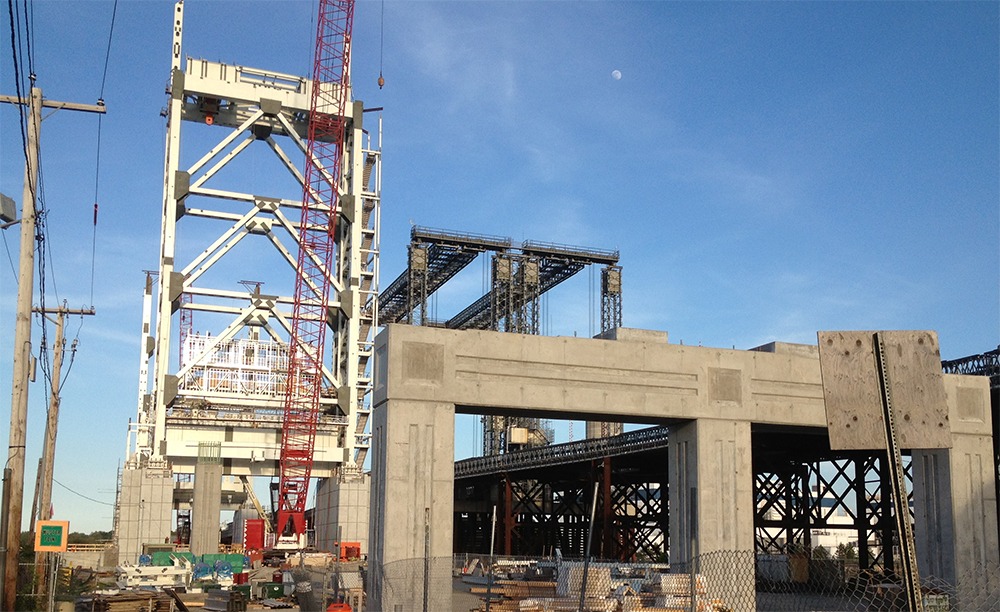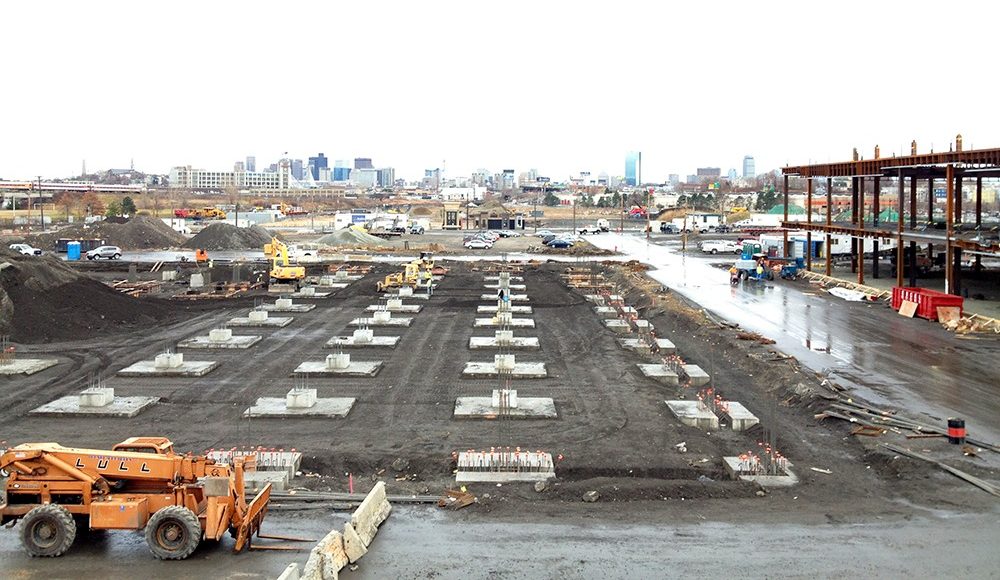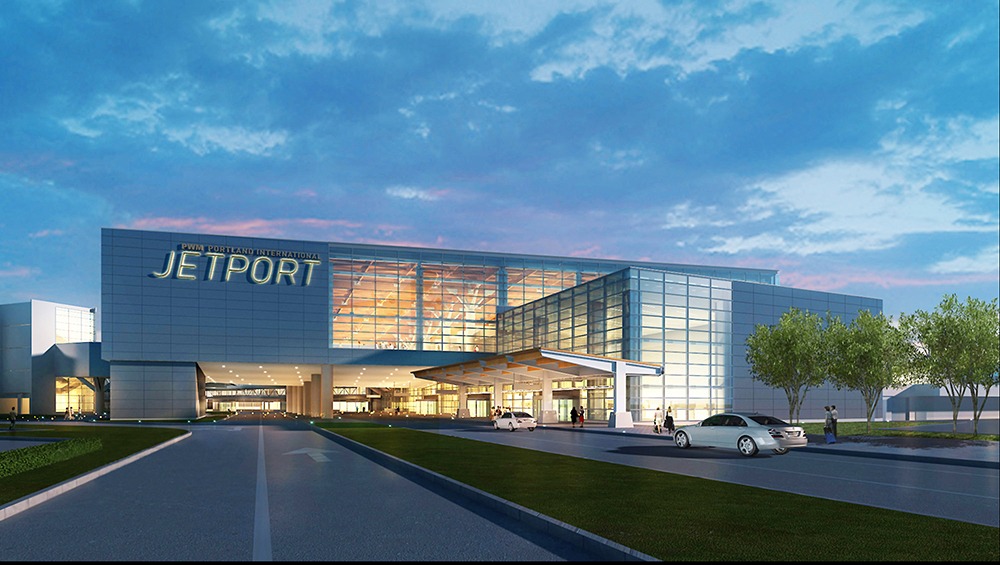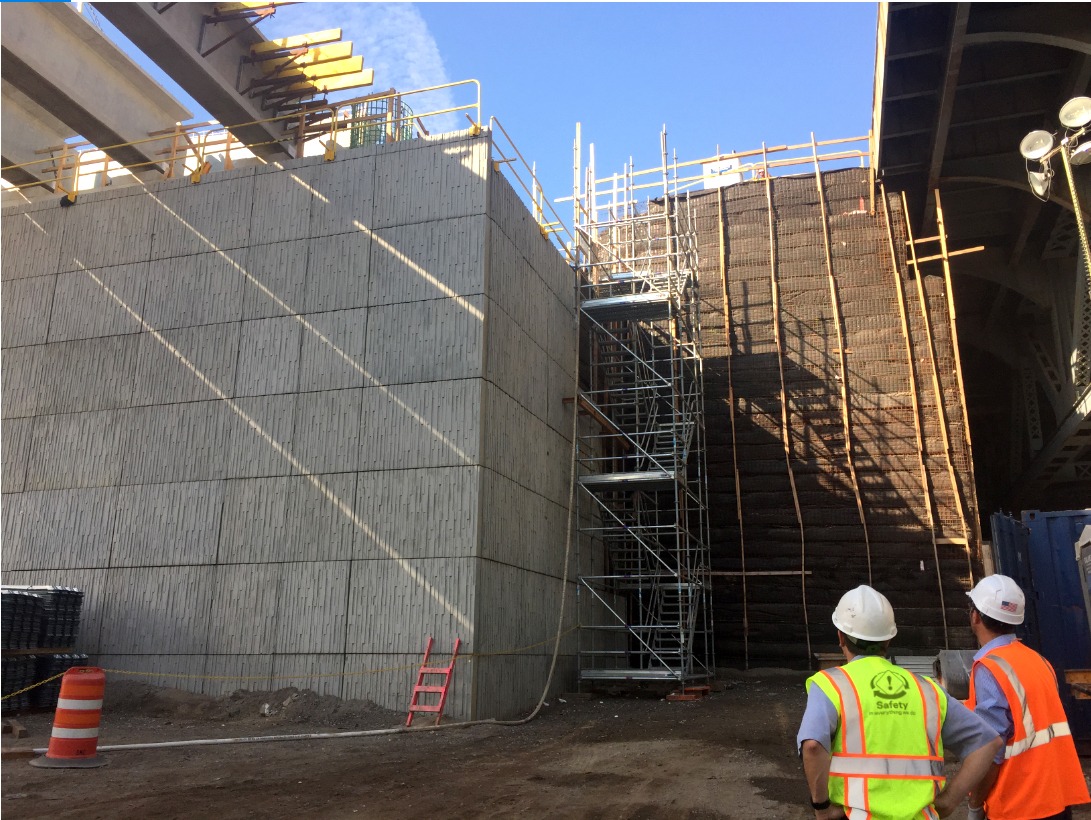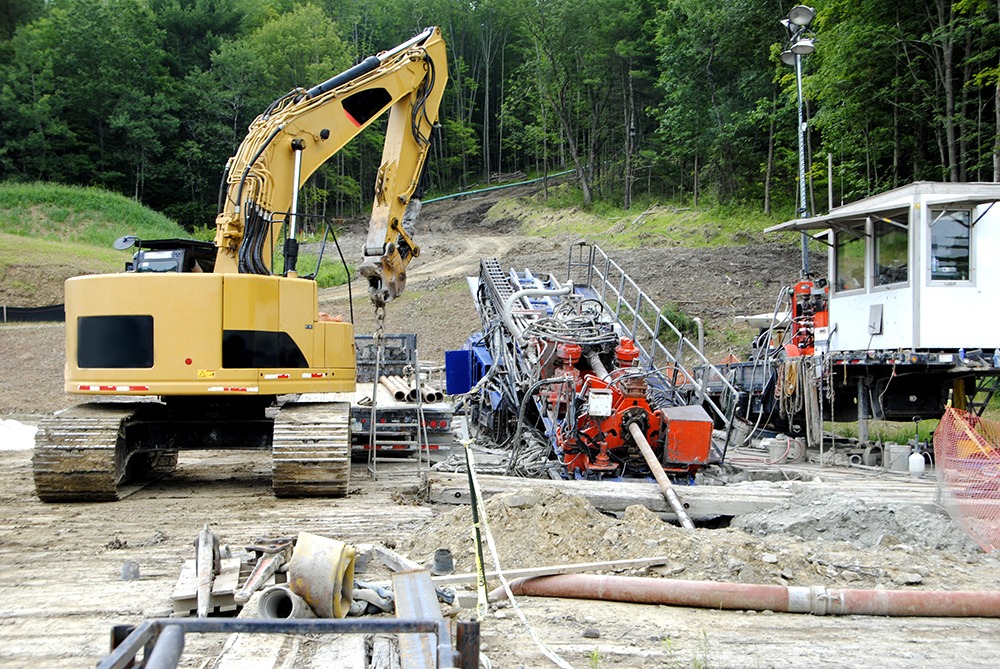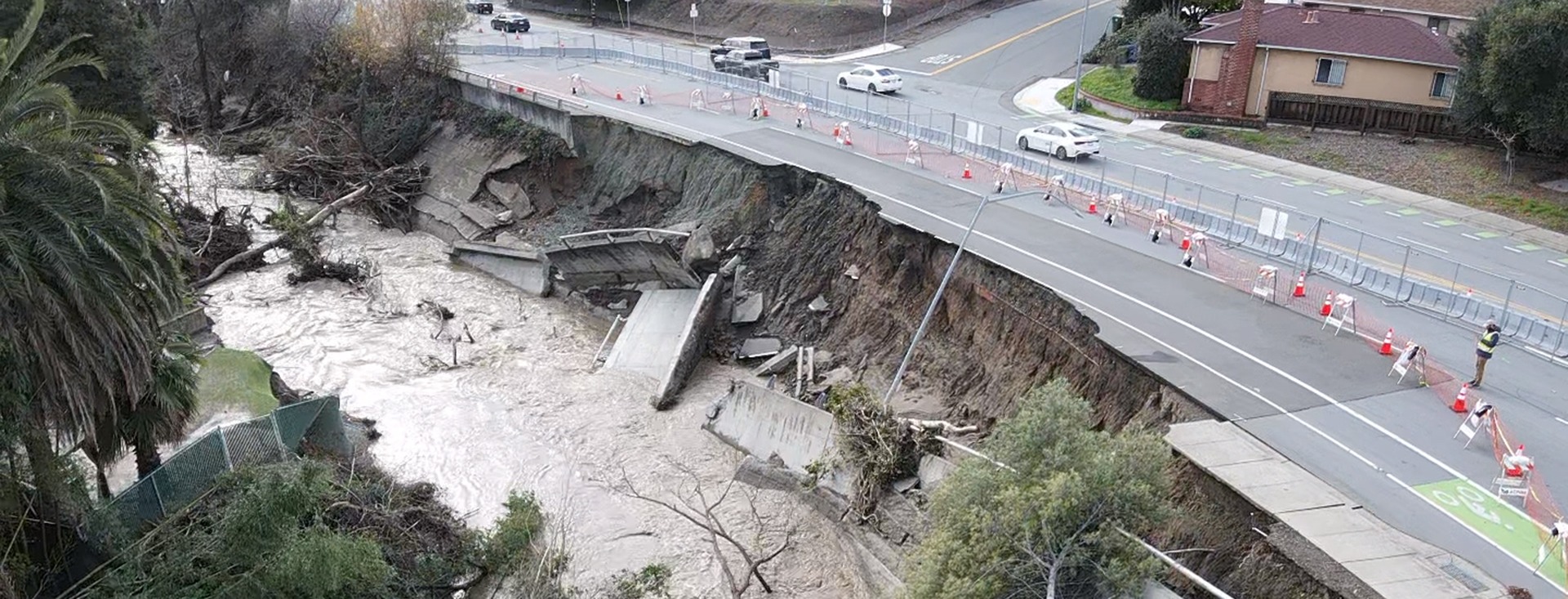
Government infrastructure
Haley & Aldrich responds to natural disaster and quickly reopens a critical commute route
40 days
taken for repairs; half of the time expected
25,000 cars
travel the route per day
Summary
- Severe storms in December 2022 resulted in a retaining wall failure that closed part of A Street in Castro Valley, California.
- Alameda County leaned on Haley & Aldrich to design the emergency repair and provide construction services for this essential commuter route.
- With our in-house LiDAR capabilities, we quickly developed a digital twin of the site conditions, which accelerated the design process.
- Haley & Aldrich’s staffing flexibility and its effective communication with the county, the contractor, and utility owners made it possible for the contractor to work seven days a week, 12 hours a day. This schedule effectively cut the construction phase in half, from 12 to six weeks.
Client Challenge
On Dec. 31, 2022, intense storms hit the San Francisco Bay Area — part of an extremely wet winter in California. The storms caused high flows in the San Lorenzo Creek in Alameda County, which in turn damaged a concrete channel below the concrete retaining wall that supported A Street, an important commuter route. Part of the retaining wall collapsed, closing A Street’s northbound lanes.
The Alameda County Public Works Agency has long relied on Haley & Aldrich as a trusted consultant for civil and geotechnical services. Using an existing on-call contract with Haley & Aldrich, the county entrusted us to design and manage construction of the high-profile and critical A Street emergency reopening project.
Our approach
We understood that A Street’s unexpected closure would have serious consequences for commuters and that it needed to reopen as soon as possible. According to project calculations, roughly 25,000 cars per day depended on it. So within hours, our in-house drone team had arrived on-site and gathered aerial LiDAR data to assess the damage and design a solution.
We quickly identified sheet piles as an efficient, climate-appropriate way to support the roadway. We also determined that rock slope protection would be the best method to stabilize the creek and protect the downstream portion of the concrete channel from failing in subsequent storms. At the same time, we consulted with local utilities to minimize service issues, and we learned that communications cables exposed by the failure had lead-based sheathing, which could contaminate the creek if disturbed. This information bolstered the sheet pile concept, which would protect the cables, as the best path forward.
We then developed a preliminary design concept, identified primary pile lengths, and completed cone penetration tests to evaluate the drivability of sheet piles. We also met with an emergency contractor and the county to discuss traffic control, site access, and construction area staging requirements for the project.
As the construction team began removing concrete debris from the site, we completed subsequent LiDAR-equipped drone flights to map the exposed creek and the location of drainage outlets previously hidden by debris. These elements were quickly added to the plans to allow the contractor to keep working.
We also expedited the project through flexible staffing approaches and responsive communication, which enabled construction to continue seven days a week, 12 hours a day. Haley & Aldrich continually updated the engineering team on progress and newly exposed conditions, which allowed us to adapt plans in near real time to keep the project moving.
Value delivered
- Leveraging drone technology, design engineering experience, and exceptional construction management, finalized and constructed our design within 40 days of concept, even while rain continued falling for 19 of those days.
- Cut construction time roughly in half — from 12 to six weeks — through strong collaboration that allowed for flexible staffing and eliminated contractor downtime.
- Conceived of an emergency solution that could provide reliable support for the roadway while we guided the county on a permanent restoration.
For more information, contact:

Senior Technical Expert, Geotech Engineer

Construction Manager

